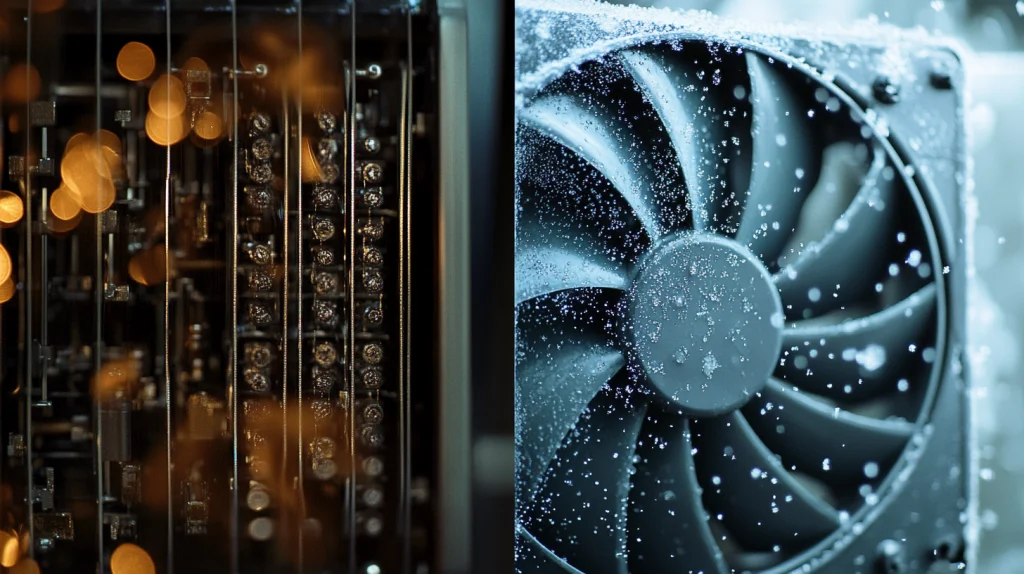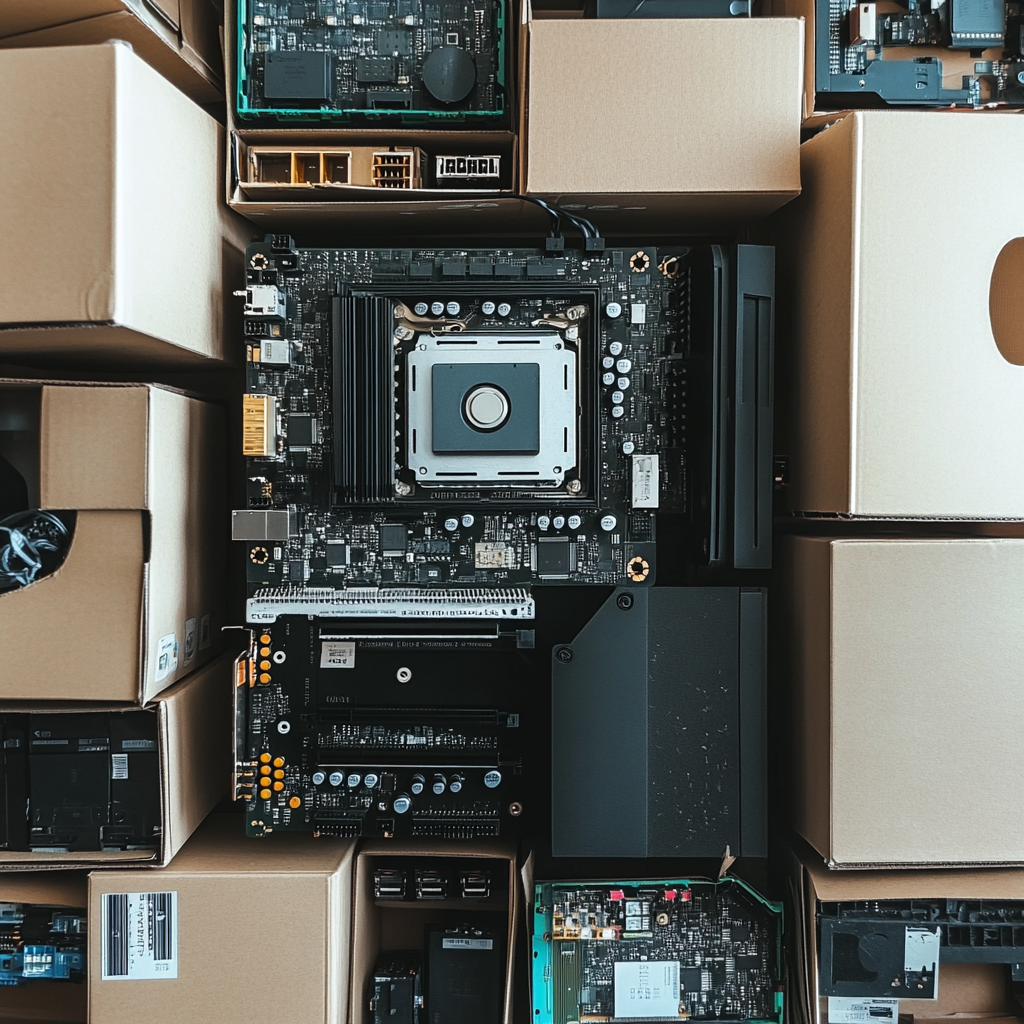A breakdown of the pros and cons, for whom what is suitable
2025 is the year of technology at its peak, the choice of components is huge, and the market for ready-made computers is overflowing with offers. And if you are faced with a choice: to assemble a PC from scratch or to buy a ready-made one, then this article is for you. We will analyze the pros and cons of both options, give advice for different purposes (gaming, work, study) and tell you what is more profitable in 2025.
🛠️ PC assembly: advantages
1. Flexibility and control
You choose which components to use — from the processor to the case. Want a powerful AMD processor and a NVIDIA graphics card? Here you go. Everything to suit your needs and budget.
2. The best price/performance ratio
For the same price as an average ready-made PC, you can assemble a more powerful machine — without overpaying for the brand and intermediaries.
3. Improved cooling system
You choose the coolers, fan placement, and you can install liquid cooling if you want maximum silence and minimum temperatures.
4. Future upgrade
It is easier to replace one component (for example, a graphics card) than to make changes to the OEM assembly.

🧱 Cons of assembling a PC
1. You need to understand
If you are not familiar with the components, difficulties may arise. But, fortunately, now there are many guides and YouTube channels that help even beginners.
2. No guarantee for everything at once
Each part comes with its own guarantee, and if something goes wrong, you will have to deal with each seller separately.
3. Errors are possible during assembly
Incorrect installation of the processor or BIOS incompatibility – all this can become a problem. Although again, there are communities and forums where they can help.
🖥️ Ready-made PC: advantages
1. Simple and fast
No need to waste time on selection and assembly. Ordered — received — turned on — work or play.
2. Warranty on everything
Most brands provide a warranty for the entire system unit at once — it’s easier in case of problems.
3. Compactness and design
Ready-made solutions often come in a minimalist and aesthetic case, especially models from major brands.
4. Additional goodies
Sometimes the kit includes a keyboard, mouse, Windows 11 with a license key, additional software, etc.
⚠️ Cons of a ready-made PC
1. Limitations when upgrading
Manufacturers often install power supplies with a minimum reserve or use non-standard cases that interfere with upgrading.
2. Overpaying for the brand
You pay not only for the components, but also for the logo, assembly, marketing. Sometimes this is +15–20% to the price.
3. Limited choice of configurations
You can’t just change, say, a video card to a more powerful one without replacing half of the assembly.
💰 What is more profitable in 2025?
| Target | Recommended option |
|---|
| Gaming | DIY Assembly (Maximum FPS for Minimum Money) |
| Working with graphics, editing | Assembly or customization for tasks |
| Study and office | Ready-made PC (cheap, quiet, simple) |
| For parents / non-techies | Ready-made PC (less hassle) |
💡 Personal advice from Cash Russo
If you want to learn, understand and assemble a PC for yourself – do it. In 2025, the market is full of affordable components, YouTube assistants and forums where they will give you advice.
If you need a simple PC “for now” – take a ready-made one, but check the components before buying (for example, are you overpaying for a weak video card?).
The question “build or buy?” is not only about money. It is about experience, comfort and goals. In 2025, both paths are relevant. If you want maximum control and power, build. If simplicity and reliability are important to you, a ready-made option also makes sense.

